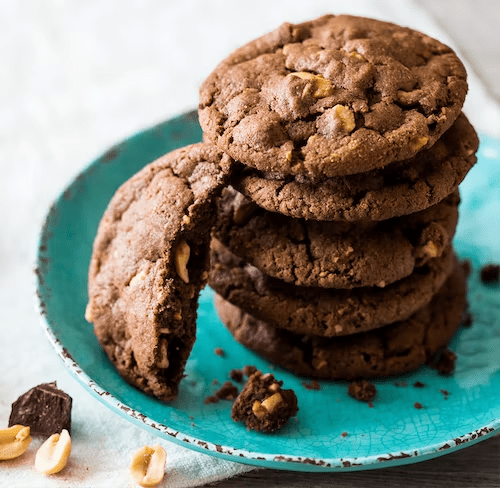Cooking Up Knowledge: How Food Science Teaches Us About Particle Physics

Particle science, also called particle physics, is a fascinating field that studies the smallest building blocks of matter, click here to read more. The principles of particle science can be applied to a wide variety of situations in the real world, including the culinary arts and food science, despite the fact that the subject matter may appear to be esoteric. As a matter of fact, a good number of the processes that take place while cooking and preparing food involve particles, which is why food is such an excellent medium for learning about particle science.
The idea of atoms and molecules is one of the primary ideas that underpins the discipline of particle science. Molecules are the smallest unit of matter, and they are composed of atoms that are chemically bonded together. Atoms are the fundamental building blocks of all matter. In the process of cooking, atoms and molecules are involved in a variety of processes, such as the chemical reactions that occur when ingredients are combined, the movement of heat energy through a cooking vessel, and the physical changes that occur when food is transformed from a solid to a liquid or a gas.
Consider, for instance, the steps involved in making bread from scratch. To create bread dough, flour, water, yeast, and other ingredients are combined. Each of these components, on their own, is composed of atoms and molecules. During the process of kneading the dough, the yeast begins to consume the sugar molecules that are already present in the flour, which results in the production of carbon dioxide gas. This gas is unable to escape from the dough, which results in the dough puffing up and becoming more expansive. The heat from the oven causes the dough to go through a series of chemical and physical changes as it bakes, which results in a loaf of bread that is delicious, light, and fluffy.
One more illustration of this would be the manner in which ice cream is manufactured. Cream, sugar and any other necessary components are mixed together in ice cream during the manufacturing process, after which the mixture is frozen. When the mixture is frozen, ice crystals start to form, and the particles in the mixture begin to move more slowly. When stabilizers such as guar gum or xanthan gum are added to the mixture, the particles are prevented from clumping together, which enables the ice cream to maintain its silky smoothness and creamy consistency.
In addition, particle science contributes to the aroma, flavor, and consistency of the food we eat. For instance, the size of the chocolate chips used in a chocolate chip cookie and how they are distributed throughout the dough both have an impact on the overall texture of the finished product. It is possible for the cookie to have a lumpy appearance and a crumbly consistency if the chips are too large or if they are not distributed evenly throughout the dough. On the other hand, if the chips are too small, they might not provide enough of either the flavor or the texture that is desired.
Food safety is another area where the fundamentals of particle science can be put to use. For instance, the size and shape of the particles that can make up a food item can have an effect on the way bacteria spread through the food item. When compared to whole cuts of meat or whole vegetables, foods that have a large surface area, such as ground meat or chopped vegetables, provide bacteria with a more favorable environment in which to grow and spread. By gaining an understanding of the fundamentals of particle science, we can improve the choices we make concerning the manner in which we cook and store food in order to reduce the likelihood that it will become contaminated with pathogens.
In conclusion, particle science is an intriguing discipline that has many potential applications in the real world, including those in the culinary arts and the field of food science. We can get a better understanding of the science that lies behind the foods that we eat if we familiarize ourselves with the fundamentals of atoms and molecules, chemical reactions, the transfer of heat, and the size distribution and distribution of particles. So the next time you find yourself in the kitchen, give some thought to the constituent parts of the food you prepare and how those parts affect its flavor, its consistency, and its overall safety.







